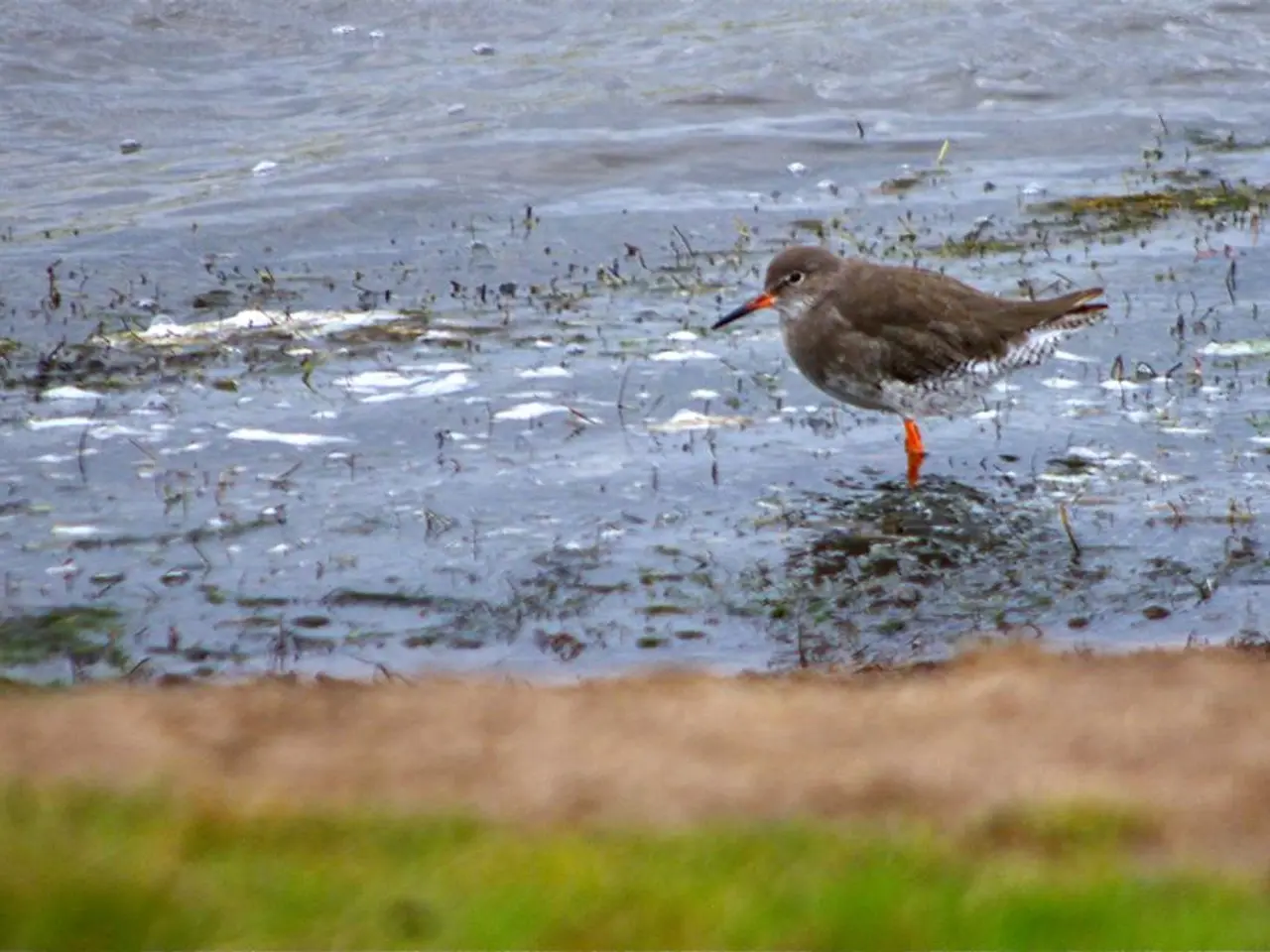"Observing misty exhalations as he sang, the world seemed harmonious; portraying a small bird with an enormous spirit, the wren."
The tiny wrens of St Kilda, with their subtle differences in appearance and richly barred underbelly, are a fascinating species found in the remote archipelago off the west coast of Scotland.
These birds, known for their large spirit and bold behavior, are Europe's third smallest, measuring about 4 inches tall and weighing just 12g. Their scientific name, Troglodytes troglodytes, fittingly means 'cave-dweller'.
The wren's family, the Troglodytidae, originated in the Americas, and all but one of its members are confined to the New World. However, the wren made a remarkable journey, migrating across the Pacific, Asia, and finally to Europe, making it the most widespread of all its family.
The St Kilda wrens, in particular, have a unique habitat. They show a marked preference for living in and around puffin burrows that riddle the sea cliffs and slopes of St Kilda. Interestingly, the bird's historical odyssey saw it travel from the Americas, across continents, and finally to these remote islands.
The St Kilda wrens are known to live at the furthest edge of this island and sing their heart out to the Atlantic Ocean and nothing beyond, all the way to Greenland. However, their population was once threatened by Victorian collectors' cupidity, driving them close to extinction. Today, there are about 150 pairs surviving at the furthest edge of this island.
The Welsh name for the wren, dryw, is thought to share origins with the word for a seer or druid, derwydd, adding to the mystique surrounding these small birds. There is even a fable about the 'king of the birds' that features the wren, symbolizing the triumph of brain and pluck over simple brawn.
Wrens are adaptable to various habitats, including marshes, open farmland, and high, windswept treeless country. They are often found at or just above ground level, in dense vegetation. Intriguingly, wrens often nest in unusual domestic situations, such as on the running board of a lorry or inside trousers and jackets on washing lines.
The wren's song is loud and can be heard from more than half a mile away. The Fair Isle race of wren is represented by only 30 pairs and is arguably the rarest subspecies of bird in Britain.
The origin of the Eurasian Wren from the American continent suggests a biogeographical history involving migration or diversification events between the continents, indicating evolutionary connections across these regions. This small bird, with its remarkable history and unique habits, continues to captivate ornithologists and bird enthusiasts alike.
Read also:
- Budget cuts at federal and state levels jeopardize advancements in fighting HIV and AIDS within Dallas County
- Strategies for Maintaining and Boosting Physical Activity as You Grow Older
- Understanding Prediabetes: A Precursory Condition to Diabetes
- Strategies for Strengthening a Nigerian Infant's Immune System







